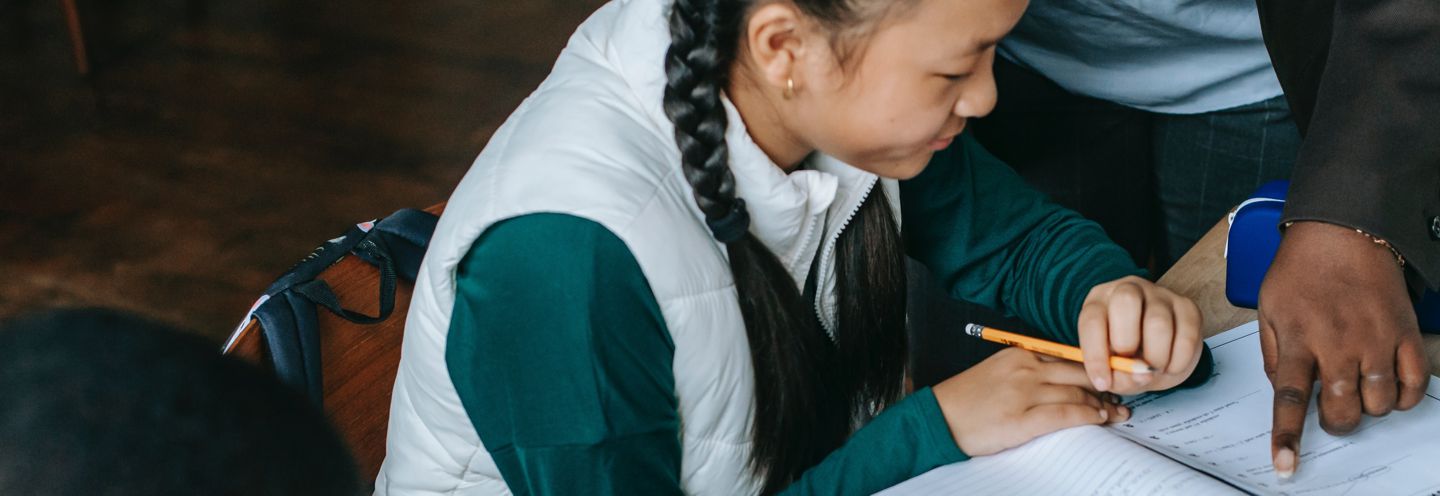Teacher Resources | 386 Results

In this lesson, students are introduced to the idea of “reading media” through a medium’s rules of notice and the maker’s framing choices of what to include and what to emphasize. After a modeled and

Level: Grades 9 to 12 About the Author: Matthew Johnson, Director of Education, MediaSmarts Duration: 1 ½ to 2 hours, plus time for the assessment/evaluation activity

In this lesson, students consider the ways in which misinformation can have an impact on history and politics. After discussing a number of historical examples of misinformation, they examine the

In this lesson, students start by considering the wide range of science and health information they are likely to encounter in news or through social media. They read an article on a scientific topic

In this lesson, students consider the meanings of the term “fake news” and learn facts about the news industry that will help them recognize legitimate sources of news. They use an educational

On the internet, it can be hard to tell what’s true and what’s false—but we have to make a lot of decisions based on how reliable we think things are. In Reality Check, you’ll learn how to find clues

In this lesson, students consider the ways in which our own biases can prevent us from being objective. They then learn ways to recognize and account for our biases and practice these by playing an

This is the third lesson in the Critical Thinking Across the Curriculum series, though it can also be delivered independently. In it, students learn how we can be persuaded by emotional appeals as

In this lesson, students learn to question media representations of gender, relationships and sexuality. After a brief “myth busting” quiz about relationships in the media and a reminder of the

In this lesson, students examine different types of remixes – from works created by editing a single text to ones that draw inspiration from existing texts – in order to develop a definition of “

